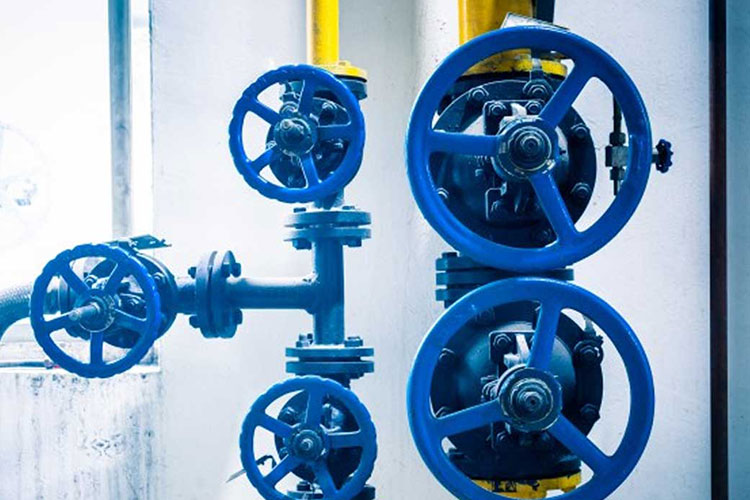Pipeline Flushing & Disinfection

Pipeline Flushing and Disinfecting service

Pipelines flushing services
Systems require pipe and reservoir flushing services before they are used. Systems that have not been cleaned/flushed properly run the risk of component failures. Flushing services allow our technicians to clean piping circuits and Prime provides the best pipeline flushing service.
Pipeline Disinfection services
Drinking contaminated water is a major cause of illnesses and keeping the water tank and reservoir clean is an important part of maintaining the water facility of a building. It is necessary to clean and disinfect your water holding tank(s) at least twice a year or more often if required. This is to remove algae that produce bad tastes and odors, silt and bacteria which may be harmful. Our expert technicians are proficient in cleaning and disinfecting water tanks and pipelines of any magnitude.
Our satisfied client bases are from various industries, and we have built clients in all sectors including domestic, factories, hospitals and educational institutions. We provide premium rated services in line with cost-effectiveness, guarantee on workmanship and materials
Pipeline Flushing & Disinfecting Frequently Asked Questions
Why do you do Pipeline Disinfection?
Pipeline disinfection immediately after water tank cleaning is one of the most popular methods for sanitizing pipelines by removing bacteria and biofilms.
Why does flush water (hydrant or Sink) appear discolored?
The color is due to the presence of solids that are scoured from the surface of the pipes.
These may include sand, sediment, iron (rust), and manganese, all of which are naturally‐occurring and common to virtually every water system. At the levels that cause mild discoloration, these solids are not harmful, although they may impart an undesirable taste to the water.
How does disinfection work?
Chemical inactivation of microbiological contamination in natural or untreated water is usually one of the final steps to reduce pathogenic microorganisms in drinking water. Combinations of water purification steps (oxidation, coagulation, settling, disinfection, filtration) cause (drinking) water to be safe after production. As an extra measure many countries apply a second disinfection step at the end of the water purification process, in order to protect the water from microbiological contamination in the water distribution system. Usually one uses a different kind of disinfectant from the one earlier in the process, during this disinfection process. The secondary disinfection makes sure that bacteria will not multiply in the water during distribution. Bacteria can remain in the water after the first disinfection step or can end up in the water during backflushing of contaminated water (which can contain groundwater bacteria as a result of cracks in the plumbing).
Will I be paying for the water used in flushing?
No, each residence and business is individually metered at the service connection to determine consumption. Your utility bill is based on your specific meter readings.
